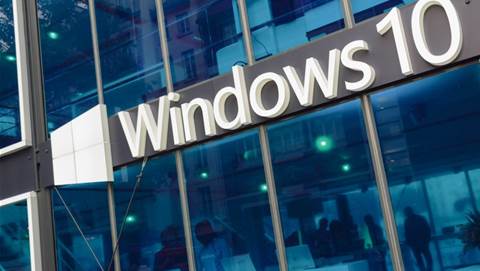Australia's aviation services body Airservices Australia has partnered with mobile satellite comms provider Inmarsat and two local airlines to trial improved flight tracking services on commercial flights.

Airservices started working with Inmarsat, Qantas and Virgin last month to develop the operational concept for the trial, which uses Inmarsat's automatic dependant surveillance - contract (ADS-C) satellite-based positioning and messaging technology on flights within Australia's oceanic regions.
Aircraft flying over contintental Australia are already tracked in real-time, but those flying over remote oceanic areas previously only had their location recorded every 30-40 minutes.
The trial includes a new minimum tracking rate of 15 minutes between pings, following from a recent resolution by the International Civil Aviation Organisation (ICAO) to adopt 15-minute tracking intervals as standard for commercial aircraft.
Airservices Australia is the first air navigation service provider to trial the ICAO standard. It is also working with regional partners in Malaysia and Indonesia on the trial.
In a statement, Airservices chair Angus Houston said a faster aircraft reporting rate would ensure air traffic control agencies had much better information about the position of flights as well as earlier advice about any abnormal flight behaviour.
The trial makes use of existing technology already fitted to more than 90 percent of long haul aircraft operating to and from Australia, Airservices said.
The Inmarsat ADS-C technology works by transmitting a data package containing the aircraft's exact position, airspeed, altitude and heading every 15 minutes to an orbiting satellite, which is then picked up by the satellite's receiver antenna.
The information is then broadcast to the nearest ground receiver station, at which point it is sent via fibre optic cable to Airservices' air traffic services centres, or others in the region. The data is then used to update the aircraft's information on the radar screen.
























